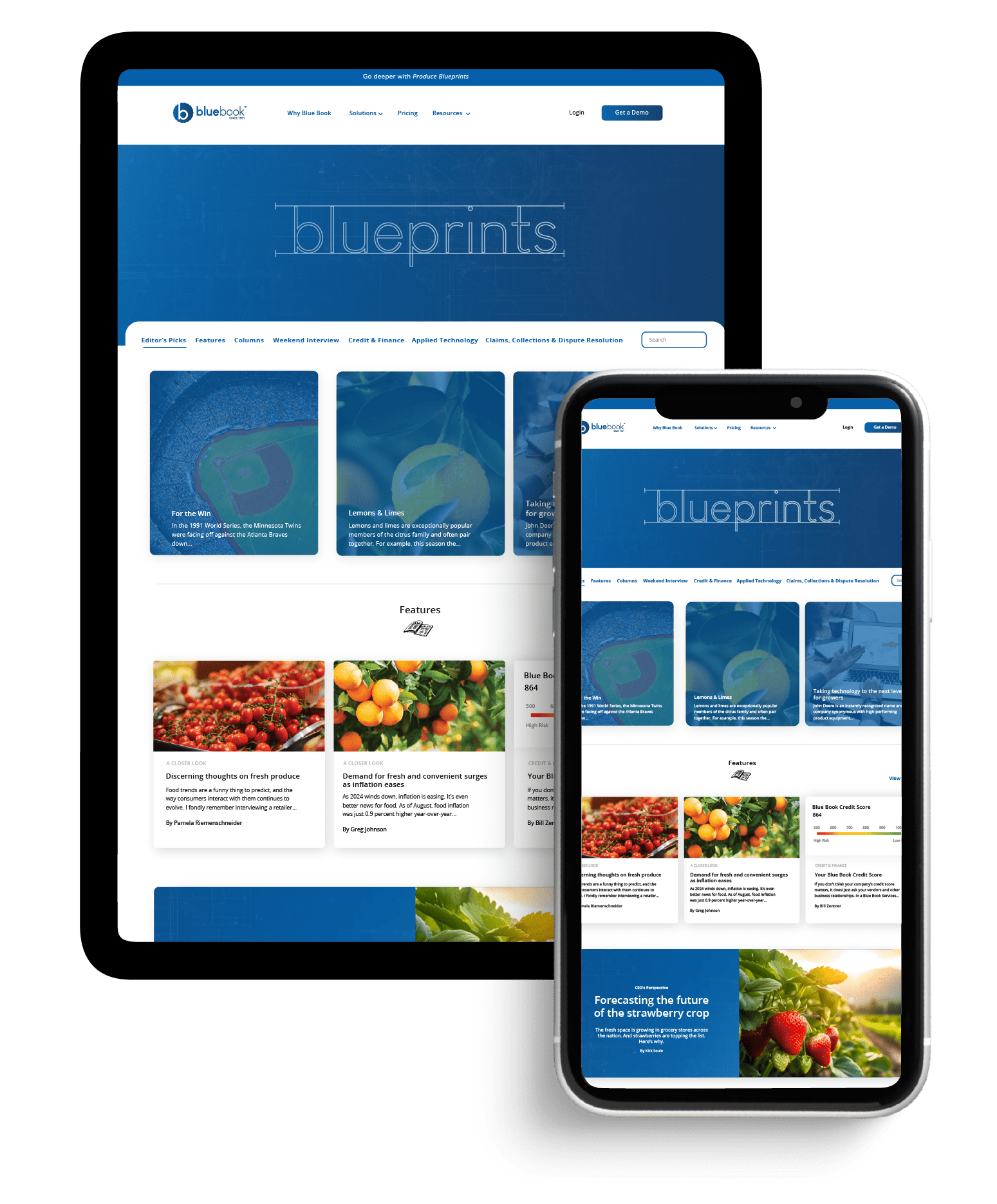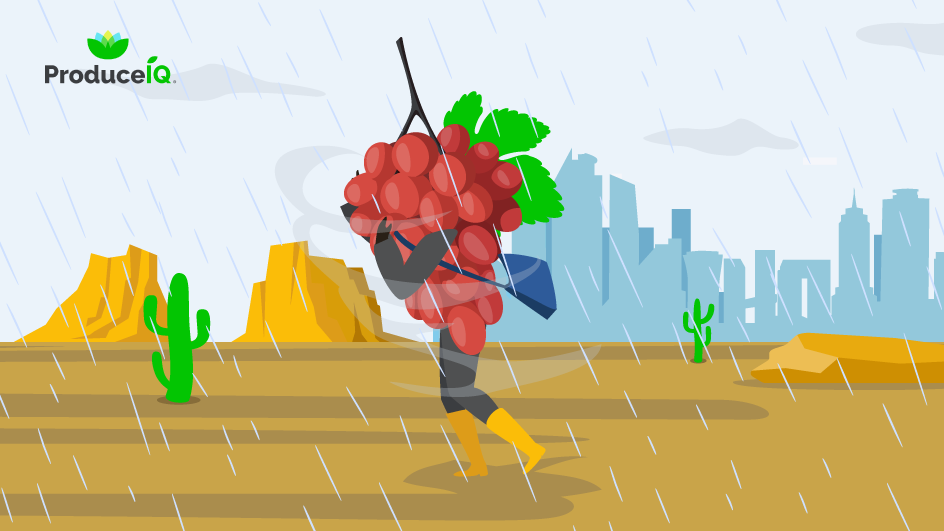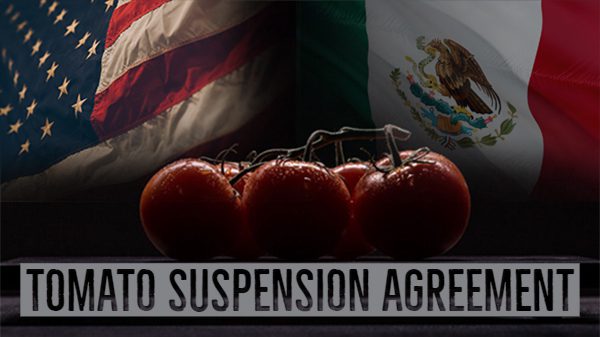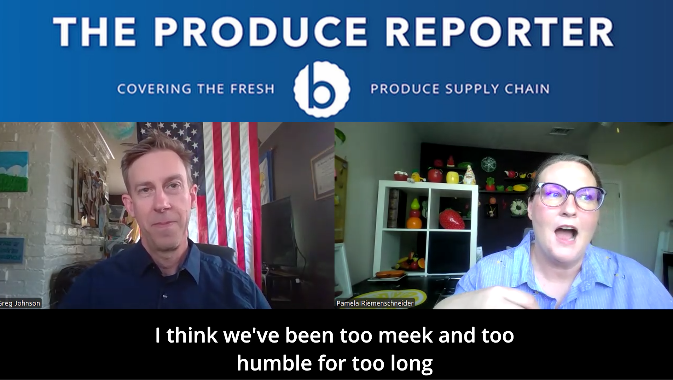
For years it has been my custom to read The Economist regularly.
I was particularly struck by an article in the current issue, on the American farm situation.
Like most mainstream journalism about agriculture, this article focuses on the big staple commodities. It features a wheat grower near Rugby, ND, named Philip Volk, who raises about 5,000 acres, mostly of spring wheat.

Despite a likely world grain shortage as a result of the Russian invasion of Ukraine—and consequent high prices—Volk says that he is only planning to plant another 5-10 percent more wheat this year, because there’s too much risk of spending on inputs such as fertilizer and fuel, whose prices have also risen greatly, if the crop goes awry.
A familiar story to growers of practically any crop. But I focused on this paragraph:
“Subsidies, largely in the form of crop insurance, help to ensure the food supply continues, and protect farmers from going bust during downturns. But they also determine what America farms—incentivizing farmers to grow vast amounts of soybeans and corn, as well as wheat, which is mostly exported. Corn (maize) is boosted not only by direct subsidies but also by the Renewable Fuel Standard, which forces refiners to blend ethanol made from corn into petrol, in turn pushing up the value of the crop. Such crops are best grown on large, mechanized farms. Fresh fruit and vegetables, which Americans ought to eat more of, are more expensive to grow, and require more labor, but farmers receive almost no subsidies for them.”
This topic is relevant as Congress is beginning to consult, with dreary familiarity, on the farm bill, which is up for renewal next year. “Even with prices as high as they are,” says the article, “most observers expect subsidies to stay steady or even grow.”
The article’s contrast between the heavily subsidized commodities like corn, soybeans, and wheat and the unsubsidized commodities—such as fresh fruits and vegetables—is sobering.
It leads me to conclude that current U.S. farm policy is, above all, geared toward keeping things as they are. Is the corn ethanol subsidy really a matter of energy independence, or is independence merely an excuse? We need not go into whether it takes more energy to produce the corn than is extracted in ethanol.
It would seem that the principal motivating force behind U.S. farm policy is inertia. (Perhaps, secondarily, balance of trade, since much of the largest crops is grown for export.) The corn industry needs to be subsidized precisely because it is so big. Rather like the banks that were too big to fail in the Great Recession.
In any event, farm subsidies, mostly to large growers, have accounted for between 10 and 40 percent of total farm income during this century.
The produce industry is (whether it thinks so or not) lucky to have been relatively immune to this addiction, which most major farm organizations are continuing to promote.
One economist quipped, “The Farm Bureau is all in favor of eliminating subsidies—only just not yet.” Which is about as true as it was when I heard it 35 years ago. Unless something has radically changed since 2018.








